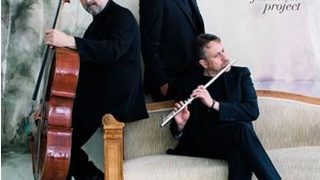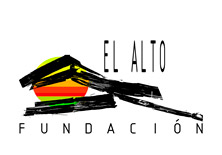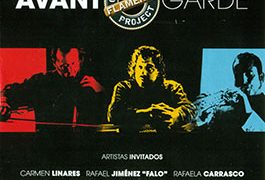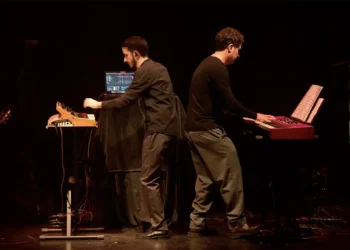|
CAMERATA FLAMENCO PROJECT |
||
|
A new concept of the flamenco combo Text: Pablo San Nicasio Ramos In recent times, many groups have been appearing with the clear aim of going beyond what has traditionally been called a flamenco “combo”. Musicians from a wide range of backgrounds, generally classical or jazz, and who, with the addition of one or more flamenco interpreters, add versatility to their groups and broaden the horizons of their ability to get work.
Nothing new, regarding the number of components or their goals, if we compare them to early groups of some years ago. What’s different now is the socioeconomic juncture, the spectacular ability of the individuals and their absolute disdain for labels, prejudices and pigeon-holing. There are so many bands, any flamenco follower knows this, and like it or not, this season of economic woes has brought a new concept; you could almost talk about a musical genre within the new groups. After a prudent amount of time, say a decade, we’ll know if this collective creative fever has enough steam to become a branch of flamenco with a personality of its own, and enough substance to become a part of the “tradition”. And so, poised to compose en masse, what better occasion than on a packed night at the legendary Clamores nightclub to light up a public recording debut. We’re talking about Camerata Flamenco Project. A group that was founded years ago, but which this autumn got things together to make “Entre Corrientes”. The first recording of a group composed of three musicians: the flamenco piano of Pablo Suárez, the wind instruments of Ramiro Obedman and the violoncello of José Luis López. It’s all held together by Karo Sampela on percussion, and Toño Miguel with upright bass. But there’s more. Because the concept proposed by Camerata dovetails perfectly with their denomination. They defend a fixed musical idea, objective, almost classical, but open to the incorporation of alternative elements. A permanent jigsaw puzzle which perfectly incorporates more members and pieces. And that’s where the flamenco comes in. Because from the outset, the idea is classic and jazzistic. But, as we were able to see in “Villa Rosa” days back, or in July in Ireland, Camerata is full of wonderful things, such as the singing of Antonio Campos, or the wonderful dancing of Concha Jareño…thanks to them, and to a repertoire based on orthodox flamenco
Music which recalls the feeling of an audition of outstanding conservatory students, people who are deeply committed to music, a high level of technique and a clear calling. The kind who come on stage and the feeling is “now it’s our turn”. And they do their thing. With an aesthetic between traditional jazz, post-romantic classical, minimalist chill-out and flamenco. A kind of Spanish-style Dvòrak. And it works. The record has seven dense juicy pieces in which the above-mentioned aesthetic predominates, and flamenco is only hinted at in some of them, while in others it’s the “boss”. Such as in “Camerata por Bulerías”, “Seguiriya para Astor” which was used to close out the recital, and a very interesting version of “Entre dos Aguas” of Paco de Lucía. Interesting because it’s so daring (almost no one records pieces by other flamenco musicians), advanced (sections squeezed out with superb taste) and the nerve to “add” the Maestro to their repertoire. Camerata is also very well-balanced, with the lyricism of the violoncello and the piano that meets head-on with the electricity of Ramiro’s winds, and, careful of these guys, the surprising percussion of Sampela and the guest artist of the night, Sergey Saprychev, exquisite in the rhythm of the final seguiriyas. This is bound to cause a stir. Clearly these friends don’t want to know anything about labels, they get together to make very good music, and along the way make a record. That’s how it ought to be, don’t you think?
|


























